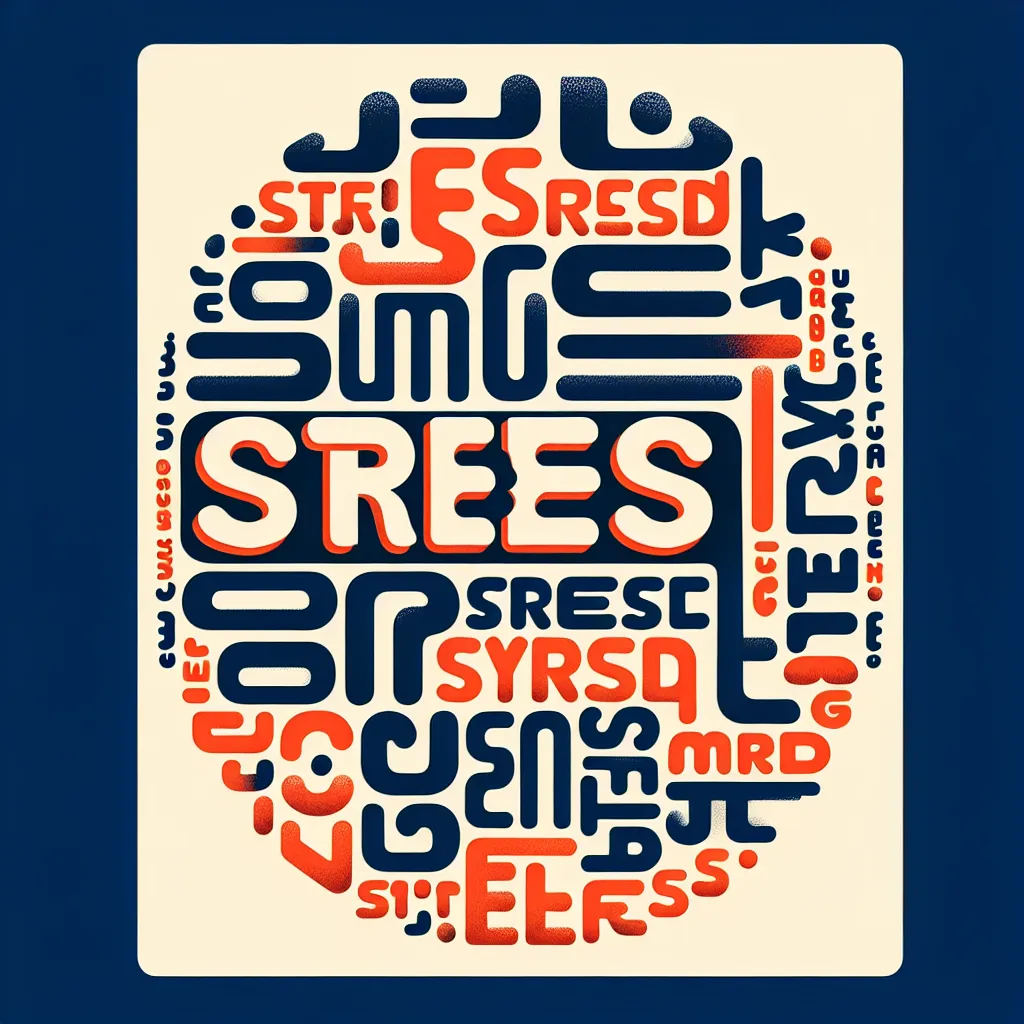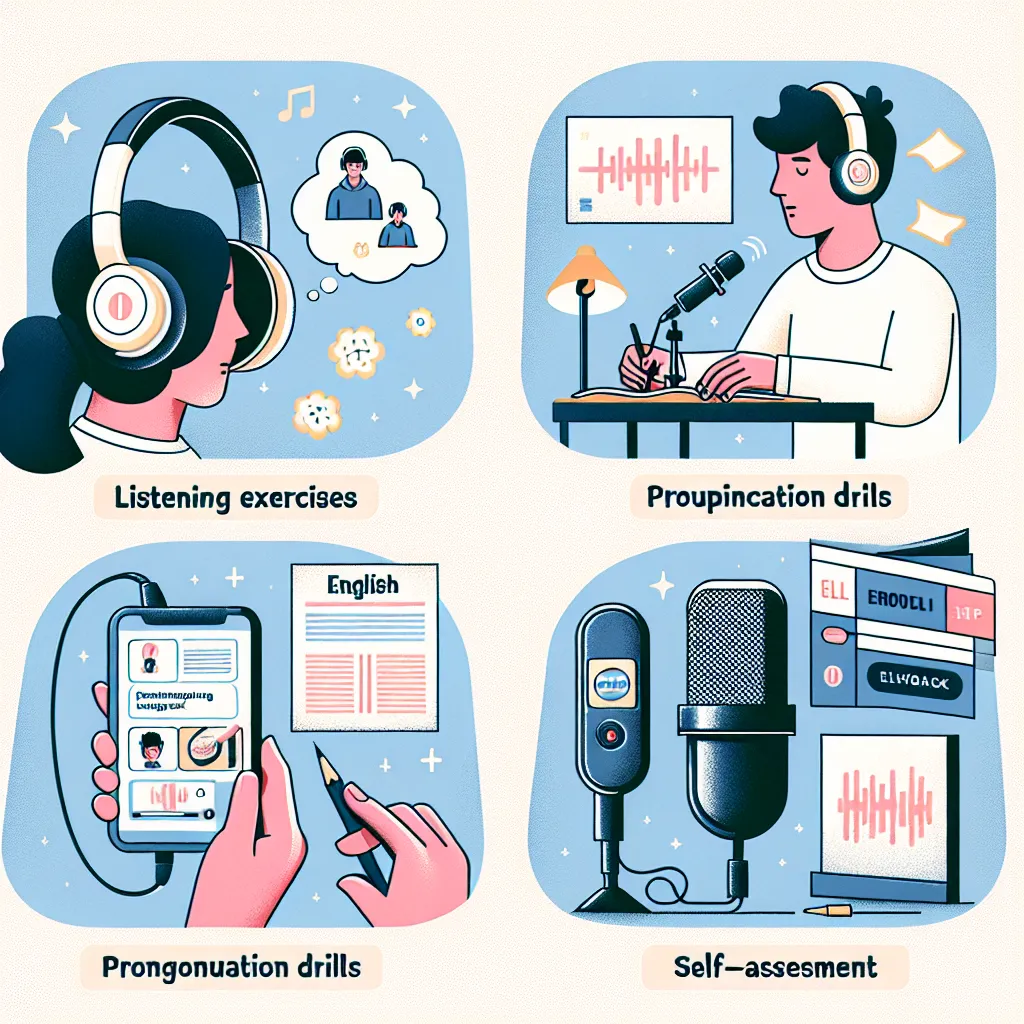Mastering the art of using stress to convey meaning in English is a crucial skill for effective communication. Whether you’re a beginner or an advanced learner, understanding how stress impacts the meaning of words and sentences can significantly improve your speaking and listening abilities. In this comprehensive guide, we’ll explore the intricacies of English stress patterns and how they influence the message you’re trying to convey.
Understanding Word Stress in English
What is Word Stress?
Word stress refers to the emphasis placed on a particular syllable within a word. In English, stress plays a vital role in pronunciation and can even change the meaning of words. Unlike some languages where stress is fixed, English has variable stress patterns that can be challenging for non-native speakers.
 English Word Stress Patterns
English Word Stress Patterns
The Importance of Correct Stress
Proper word stress is essential for several reasons:
- Clarity: It helps listeners understand your speech more easily.
- Meaning: It can differentiate between similar-sounding words.
- Naturalness: Correct stress patterns make your English sound more native-like.
For instance, consider the word “present.” When stressed on the first syllable (PRE-sent), it’s a noun meaning “gift.” When stressed on the second syllable (pre-SENT), it’s a verb meaning “to show or introduce.”
Sentence Stress and Intonation
The Role of Sentence Stress
Sentence stress involves emphasizing certain words within a sentence to convey specific meanings or emotions. By stressing different words, you can change the entire message of a sentence.
Consider this example:
- I didn’t say he stole the money. (Someone else said it)
- I didn’t say he stole the money. (I definitely did not say it)
- I didn’t say he stole the money. (I might have implied it)
- I didn’t say he stole the money. (But someone else did)
- I didn’t say he stole the money. (He might have borrowed it)
- I didn’t say he stole the money. (He might have stolen something else)
- I didn’t say he stole the money. (But he stole something)
As you can see, the meaning changes dramatically depending on which word is stressed.
Intonation Patterns
Intonation, the rise and fall of voice pitch, works hand in hand with stress to convey meaning. English typically uses falling intonation for statements and wh-questions, and rising intonation for yes/no questions and expressing doubt or surprise.
Common Stress Patterns in English
Noun-Verb Pairs
Many two-syllable words in English change their stress depending on whether they’re used as nouns or verbs:
- REcord (noun) vs. reCORD (verb)
- CONduct (noun) vs. conDUCT (verb)
- OBject (noun) vs. obJECT (verb)
Compound Words
Compound words often have stress on the first word:
- BLACKboard
- GREEN house
- SOFT ware
However, when used as adjective phrases, the stress shifts:
- black BOARD (a board that is black)
- green HOUSE (a house that is green)
Tips for Improving Your Use of Stress
- Listen actively: Pay attention to native speakers and how they stress words and sentences.
- Practice with minimal pairs: Words that differ only in stress, like “desert” (DEsert – noun) and “desert” (deSERT – verb).
- Use a dictionary: Many dictionaries indicate stress patterns with symbols or bold letters.
- Record yourself: Compare your pronunciation with native speakers.
- Learn rules: Familiarize yourself with common stress patterns in English.
 English Stress Practice Techniques
English Stress Practice Techniques
Common Mistakes in English Stress
- Overstressing function words: In English, content words (nouns, verbs, adjectives, adverbs) are usually stressed, while function words (articles, prepositions, pronouns) are not.
- Ignoring word stress in multi-syllable words: For example, saying “de-VE-lop-ment” instead of “de-VE-lop-MENT.”
- Failing to shift stress in noun-verb pairs: Like “PROduce” (noun) vs. “proDUCE” (verb).
- Misplacing stress in compound words: Saying “black BIRD” instead of “BLACKbird.”
- Not using contrastive stress: Failing to emphasize the correct word to convey the intended meaning in a sentence.
Phonemic Chart and Commonly Mispronounced Words
Understanding the phonemic chart can greatly aid in mastering English stress and pronunciation. Here’s a list of 10 commonly mispronounced words related to stress:
- Photograph (FOE-tuh-graf)
- Photography (fuh-TOG-ruh-fee)
- Photographer (fuh-TOG-ruh-fur)
- Comfortable (KUHM-fur-tuh-buhl)
- Vegetable (VEJ-tuh-buhl)
- Advertisement (ad-VUR-tis-muhnt)
- Interesting (IN-tur-uh-sting)
- Definitely (DEF-uh-nit-lee)
- Pronunciation (pruh-nuhn-see-AY-shuhn)
- Particularly (par-TIK-yuh-lur-lee)
Pay close attention to the stressed syllables (in capital letters) and practice these words regularly to improve your pronunciation.
Conclusion
Mastering the use of stress to convey meaning in English is a journey that requires patience and practice. By understanding the principles of word and sentence stress, recognizing common patterns, and avoiding typical mistakes, you can significantly enhance your English communication skills. Remember, consistent practice and exposure to native English speech are key to improving your ability to use stress effectively.
For more tips on improving your English pronunciation, check out our article on how to develop a natural English accent. And if you’re looking for specific exercises to enhance your pronunciation skills, don’t miss our guide on the best exercises for English pronunciation.
We encourage you to share your experiences and questions about using stress in English in the comments below. Keep practicing, and you’ll soon find yourself communicating with greater clarity and confidence!



